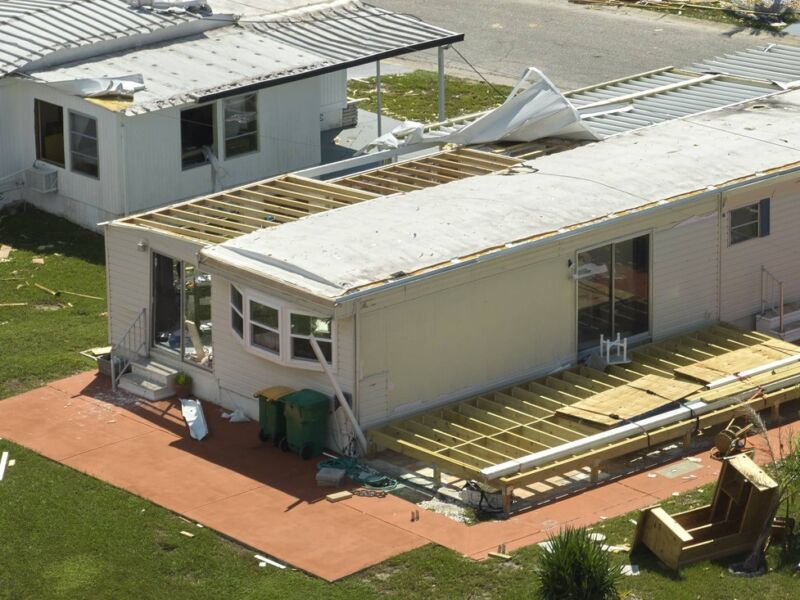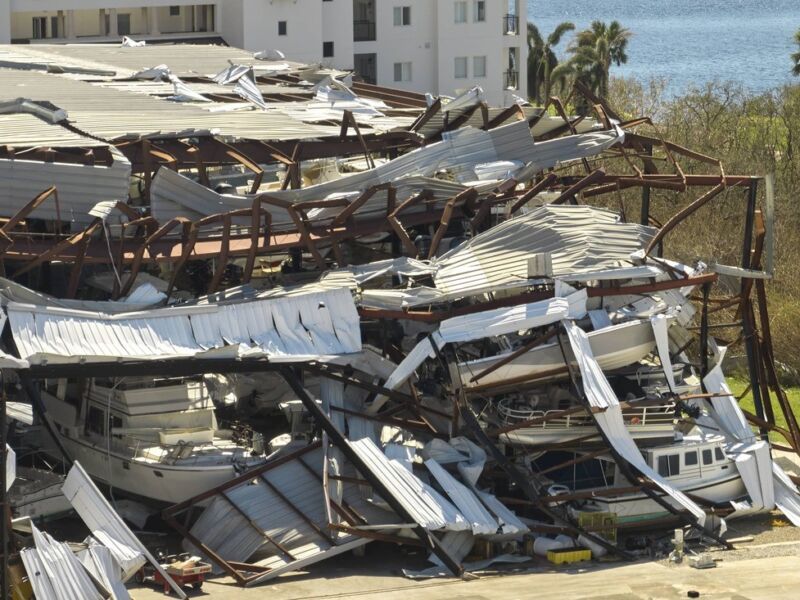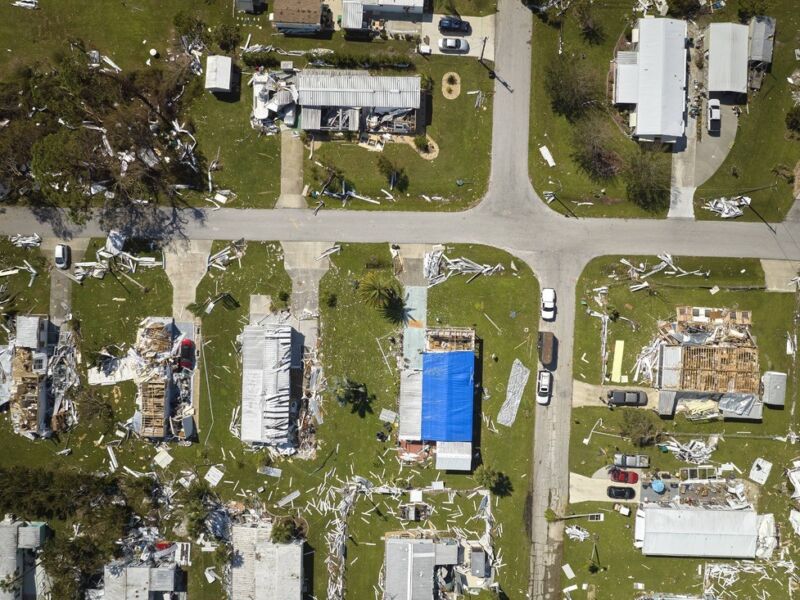
Introduction to Flood Damage Restoration
Flood damage restoration is a crucial process that aims to restore properties after they have been affected by a flood or other water-related disasters. It involves a comprehensive approach to remove water, dry the affected areas, and repair any damage caused by flooding. This article will provide an in-depth understanding of flood damage restoration, its importance, and the steps involved in the restoration process.
The Importance of Flood Damage Restoration
Effective flood damage restoration is essential for several reasons:
- Preventing Structural Damage: Floodwaters can weaken the structure of buildings, causing extensive damage. Restoring the property promptly can prevent further deterioration and potential collapse.
- Eliminating Health Hazards: Floodwaters often contain contaminants and pathogens that can pose serious health risks. Proper restoration removes these hazards, ensuring a safe living or working environment.
- Preventing Mold Growth: Excess moisture left behind by flooding provides ideal conditions for mold growth. A thorough restoration process will include drying and dehumidification to prevent mold infestation.
- Preserving Personal Belongings: Flood damage can affect personal belongings, including furniture, electronics, and sentimental items. Restoration experts employ specialized techniques to salvage and restore these items whenever possible.
The Flood Damage Restoration Process
The flood damage restoration process typically involves the following steps:

1. Initial Assessment and Inspection
Professional restoration experts conduct a thorough assessment of the property to determine the extent of the damage. This assessment helps create an effective restoration plan and estimate the cost and timeline of the project.
2. Water Removal
The first step in the restoration process is removing standing water from the property. Restoration professionals use specialized equipment such as pumps, vacuums, and extractors to effectively remove water from the affected areas.
3. Drying and Dehumidification
After water removal, the property is dried and dehumidified to prevent secondary damage, such as mold growth. Industrial-grade fans, dehumidifiers, and moisture meters are used to ensure thorough drying.
4. Cleaning and Sanitizing
All affected surfaces, including walls, floors, and furniture, are thoroughly cleaned and sanitized to remove contaminants and prevent the growth of bacteria or mold.
5. Repair and Restoration
Once the property is dry and clean, restoration experts repair any structural damage caused by the flood. This may involve replacing drywall, flooring, or other materials. Restoration professionals work to restore the property to its pre-flood condition.

6. Property and Belongings Recovery
During the restoration process, professionals assess personal belongings and salvage items whenever possible. Specialized techniques such as electronic restoration, document drying, and content cleaning are used to restore belongings affected by flood damage.
Facts and Statistics about Storm and Disaster Restoration
Understanding the scale and impact of storms and disasters can highlight the importance of restoration efforts. Here are some important facts and statistics:
- The top five most damaging storms of 2018 and 2019 were responsible for billions of dollars in damages and numerous casualties.
- The water damage restoration industry is projected to grow at a steady rate of 6.8% from 2020 to 2025.
- The objective of disaster restoration is to restore the property to its pre-disaster state as closely as possible.
- Rapid damage assessment and decision-making can significantly speed up and simplify recovery efforts.
Frequently Asked Questions (FAQ)
What is flood damage restoration?
Why is flood damage restoration important?
What are the steps involved in flood damage restoration?
If you require professional flood damage restoration services, contact the JGW Group Water Damage Restoration Deerfield Beach. They specialize in storm and flood damage restoration, offering comprehensive services to restore properties back to their original condition.



